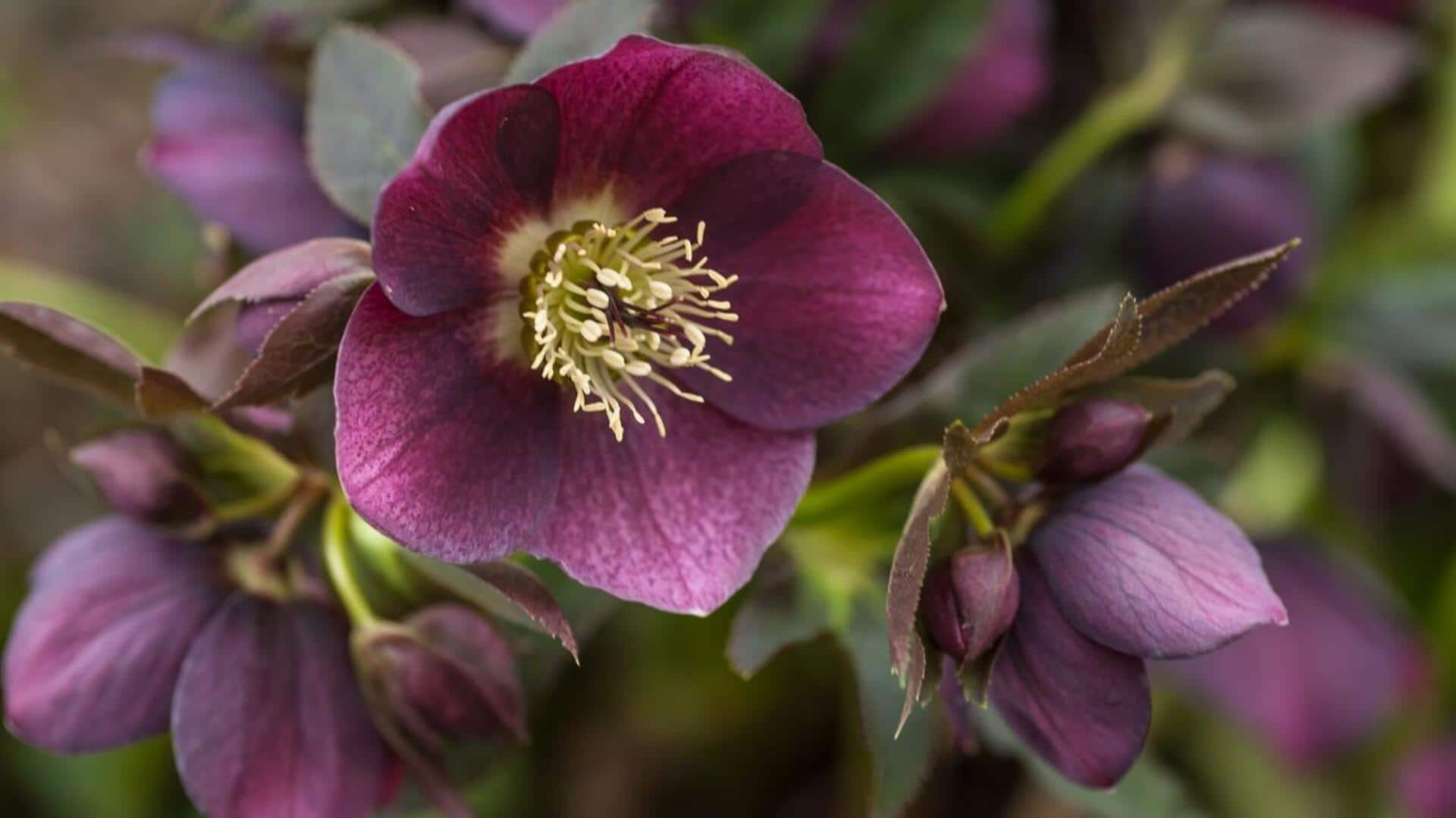
How to take care of your hellebores at home
What's the story
Hellebores, also called Christmas or lenten roses, are the "jewels of the winter garden." These perennials flower from late winter through spring, providing a burst of color when the rest of the garden is asleep. This article offers five key tips for cultivating hellebores. Follow these guidelines to ensure your hellebores flourish, adding beauty to your garden during winter's chill.
Location
Selecting the right spot
Hellebores like a cozy spot with dappled shade. They love being under deciduous trees where they can catch some early spring rays before the trees get all leafed out. A perfect spot keeps them safe from winter winds but still lets in enough light to make those blooms pop without the harsh midday sun.
Soil
Soil preparation is key
Hellebores prefer rich, well-draining soil with a neutral to slightly alkaline pH. Before planting, it's crucial to incorporate plenty of organic matter, such as compost or well-rotted manure, into the soil. This improves soil structure, promotes drainage, and enriches the soil with nutrients. This way, you create an ideal environment for hellebore roots to establish and grow strong.
Watering
Watering wisely
Hellebores benefit from regular watering that keeps the soil consistently moist, particularly during their first growing season. This helps establish a strong root system. However, avoid waterlogging the plants by choosing a planting area with good drainage. When the plants are established, you can cut back on watering. This approach encourages growth while taking advantage of their drought-tolerant nature.
Feeding
Fertilizing for healthy growth
To promote strong growth and prolific blooming, fertilize hellebores with a balanced, slow-release fertilizer in early spring. Supplement this with a top dressing of compost or well-rotted manure to provide essential nutrients and improve soil health. Avoid over-fertilizing, as this can lead to excessive foliage growth at the expense of flowers. This balanced approach nurtures their strength while guaranteeing a spectacular floral display.
Mulch
Mulching matters
Mulching around hellebores helps conserve soil moisture, suppress weeds, and regulate soil temperatures. Organic mulch materials like shredded bark or leaf mold improve soil fertility as they break down while shielding the plants. Remember to renew the mulch layer every year in fall, but avoid covering the crown of the plant to prevent rot.